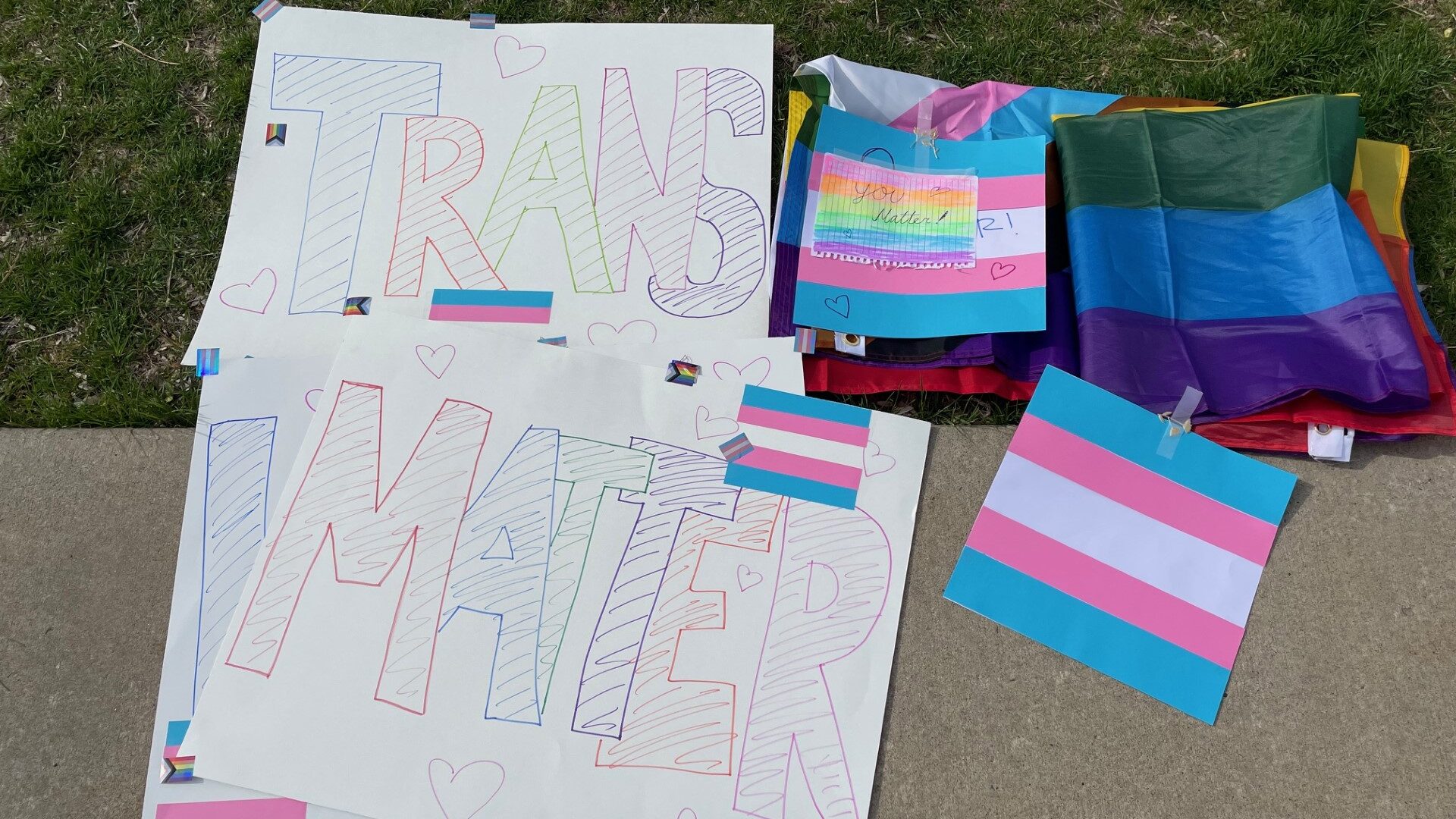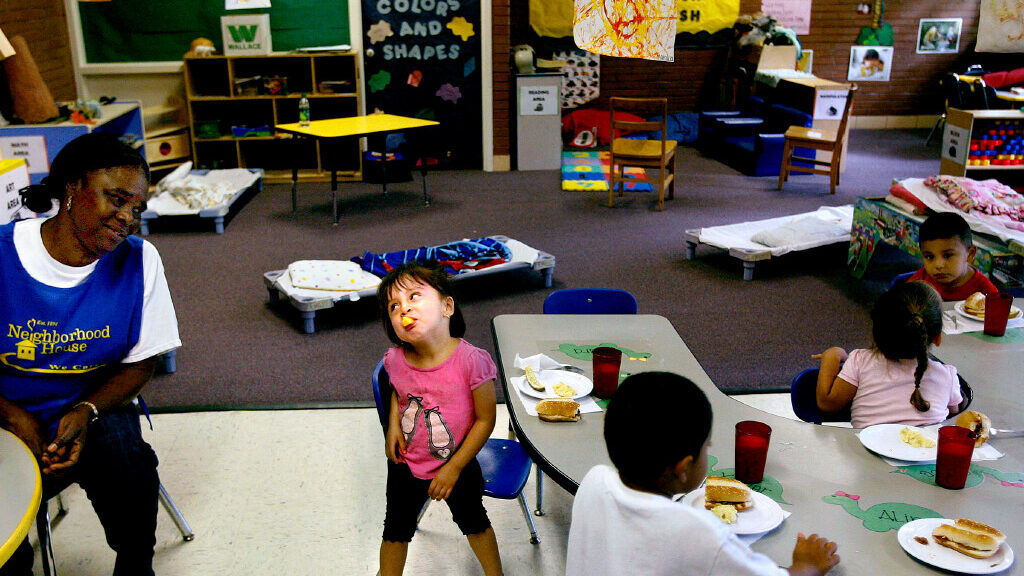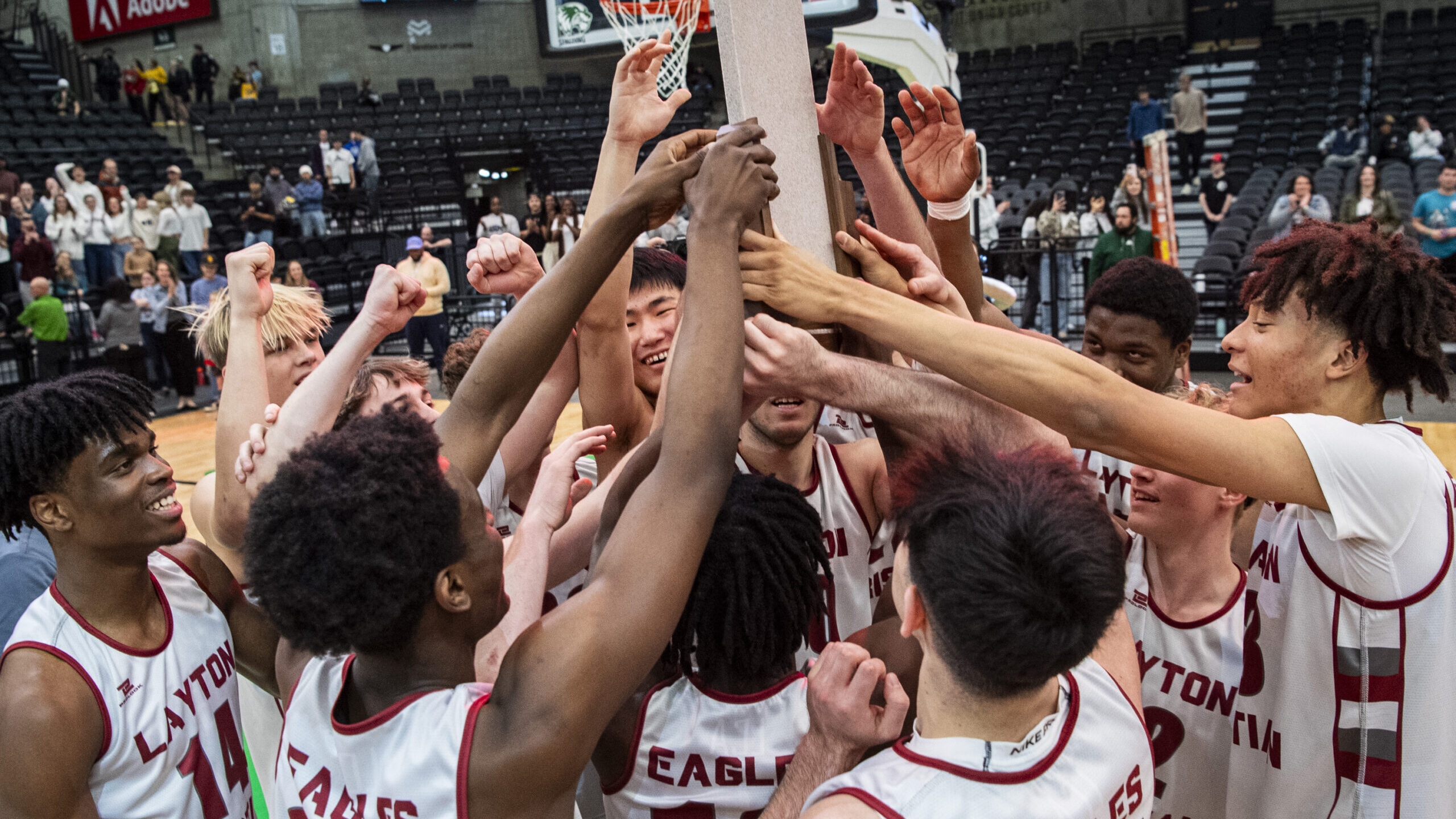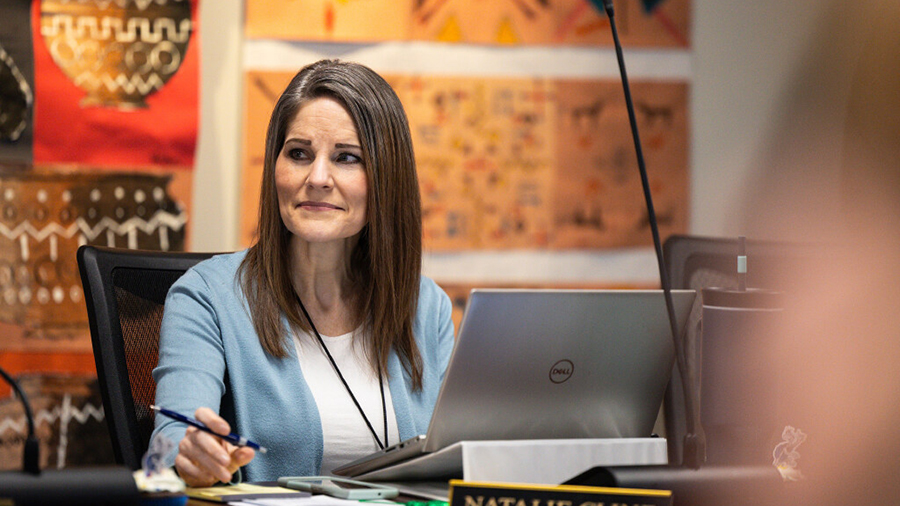Teachers get schooled on financial literacy
Apr 25, 2018, 3:14 PM | Updated: Aug 4, 2022, 12:10 pm
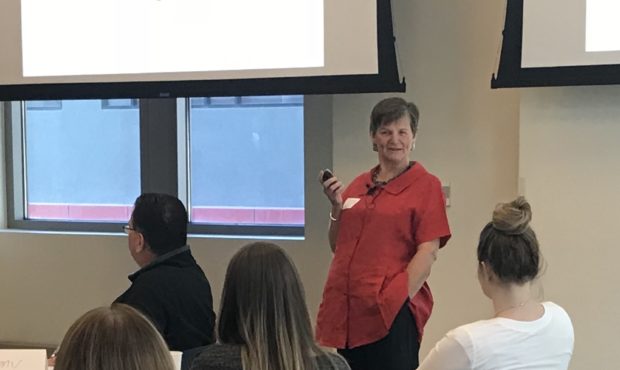
About 65 teachers attended a free financial literacy training Tuesday at Fidelity Investment's downtown campus. Jared Page/KSL Newsradio
SALT LAKE CITY — Twenty-seven years ago, back when George Durfee was a rookie educator, students weren’t taught financial literacy, at least not all in one place.
Junior high and high school students could take business, accounting or marketing classes to learn some of the skills that now fall under financial literacy.
“It just wasn’t ever really taught in one class,” said Durfee, Pleasant Grove High School’s financial literacy teacher.
Durfee has been teaching the course since 2007, when the state Legislature made it a requirement for graduation. Students today can either take the financial literacy course online or in a traditional classroom setting, Durfee said, though he recommends the latter.
“I have personally loved teaching this class,” he said. “This is the one thing I’ve taught in my 27 years (where) I’ve never had one student say, ‘When am I going to use this?’ I’ve never had one parent say, ‘Why is my student in this class?'”
Durfee was among the 60-plus elementary, middle and high school teachers from across the state attending a free financial literacy training hosted by Fidelity Investments at its downtown campus. Experts in the financial field volunteered their time to “teach the teachers” about financial literacy so they can take that information back to their classrooms.
“We’re helping teachers teach students to be more financially literate,” said Reed Wellman, head of process optimization at Fidelity.
Young people face several challenges navigating the financial world as they graduate high school, Wellman said.
“There are credit card companies that would love get their name on their list, and get their expensive credit card,” he said. “There are loan companies that would love to give them a high-interest rate loan. …
“There is so much pressure around consuming the money you earn and not thinking longer term, so we’re trying to really help young adults be better positioned for longer time financial strength.”
Nearly two-thirds of Americans are unable to pass a basic literacy test, according to the Financial Industry Regulatory Authority, and many aren’t planning for their financial futures. In Utah, 54 percent of people don’t have a rainy day fund to cover three months’ worth of expenses, the authority reported.
“Hopefully we can improve what is our financial literacy rate. Right now, that financial literacy rate is fairly low,” Wellman said.
But Wellman and educators who attended the training say Utah schools are leading the way in producing financially literate high school graduates.
Utah was one of only five states to get an A on Champlain College’s Center for Financial Literacy’s report card in 2017, earning the top mark for having a graduation requirement for one semester of financial literacy.
Wellman said students graduating high school should “have an understanding of what it means to take on a credit card. What does it mean to take on another student loan?” The goal is to send students into the world who are “savvy, smarter and more capable of handling those challenges.”
Fidelity’s training focused on the basics of financial literacy, as well as the financial concepts themselves to improve teachers’ understanding as adult learners so they can share those concepts in the classroom.
Durfee says he’s seen financial literacy gradually become a higher priority at Utah schools. He’s been teaching concepts of financial literacy in marketing and business classes throughout his 27-year career.
“The general financial literacy (course) the state has now encompasses everything,” he said. “I tell my students, I personally wish I had this kind of class when I was their age. Though I’m going to be OK when I retire, I would be well off if I would have done things they have the opportunities to do.”
Michelle VanGesen, who teaches financial literacy at Taylorsville High, says many students aren’t learning at home how to be money-wise. Some of them, she says, tell her, “If anything, I’m being taught what not to do, but I don’t know what to do.”
VanGesen, now in her 17th year as an educator, says she migrated to the financial literacy course when it became a requirement for graduation.
“I get to tell (students) that everything you learn in this class, you will use in life. Sometimes that’s questioned. Like, will I ever need to know trigonometry? And in some facets of life you will, but in others maybe not so much. But everybody has to deal with finances every day,” she said.
Students in Utah financial literacy courses are taught good spending techniques, how to use credit, and understanding how to plan for the future financially, including for emergencies and retirement.
“It’s really a valuable lesson to them that I think everyone probably should have had,” VanGesen said, “but it wasn’t always available.”



